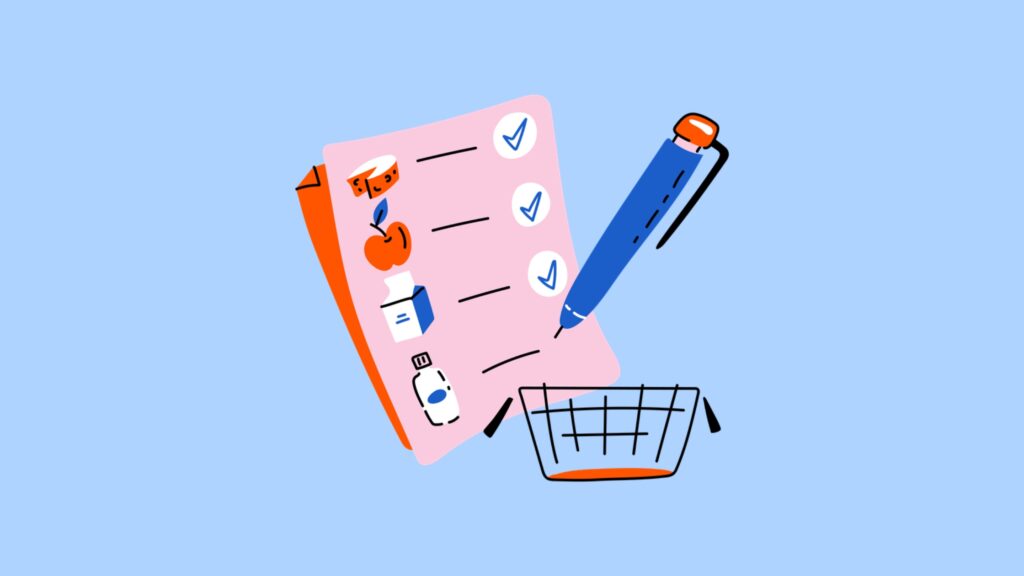

1. Sustainability as the Standard
More and more American consumers are demanding eco-friendly products, recyclable packaging, and carbon-neutral delivery. Brands that are transparent about their supply chains and carbon footprints are earning greater trust and loyalty.
2. Omnichannel Experiences
Online and in-store shopping are merging. Consumers research online and buy in-store — or vice versa. “Click & Collect,” virtual fitting rooms using augmented reality, and digital consultations are becoming increasingly popular.
3. Focus on Local Products
Regional and handmade goods are in high demand. “Made in USA” signals quality, and small local producers are gaining more attention — especially at farmers’ markets, boutique stores, and through online platforms.
4. Artificial Intelligence and Personalization
With the help of AI, retailers offer tailored product recommendations, dynamic pricing, and targeted marketing. Chatbots and automated services make the shopping experience faster, smarter, and more personalized.
5. Mobile and Contactless Payments
Apple Pay, Google Pay, and other mobile payment options are becoming the norm. QR codes, digital receipts, and cashless stores are now a regular part of the retail landscape.

6. Resale and Circular Economy
Platforms like Poshmark, ThredUp, and Facebook Marketplace are growing rapidly. Secondhand shopping, swapping, and repairing are popular choices — especially in fashion, electronics, and home goods.
7. Experience Over Product
Brick-and-mortar stores are focusing on experiences. Pop-up shops, interactive displays, and creative workshops are turning shopping into an event and boosting customer loyalty.
Conclusion
In 2025, American consumers are well-informed, environmentally conscious, and open to new technologies. Retailers that want to stay competitive must be flexible, transparent, and digitally advanced.